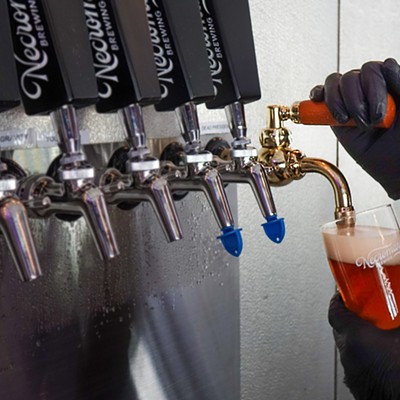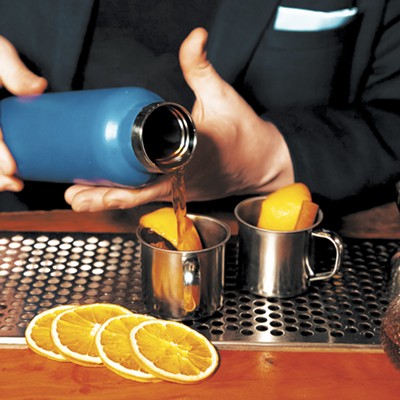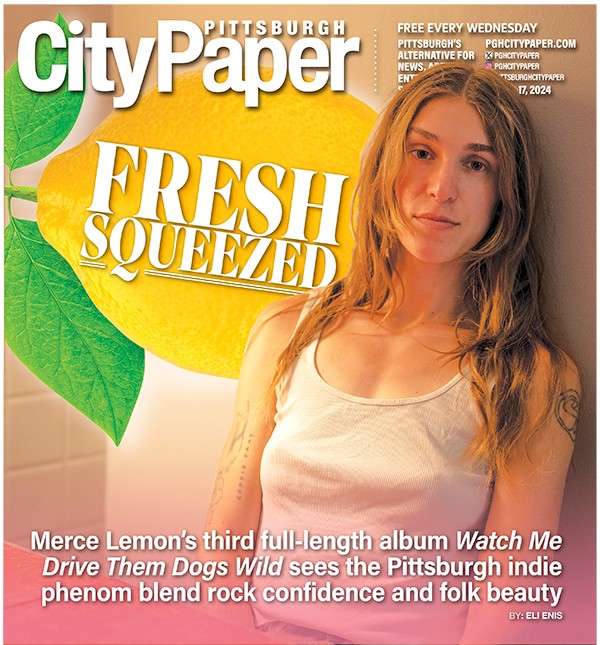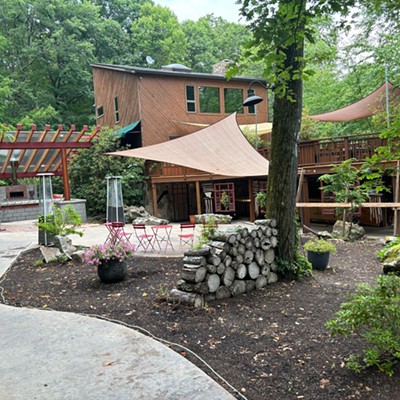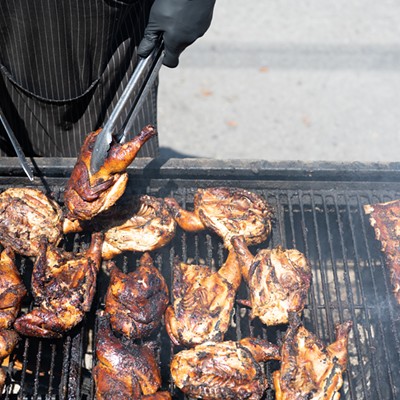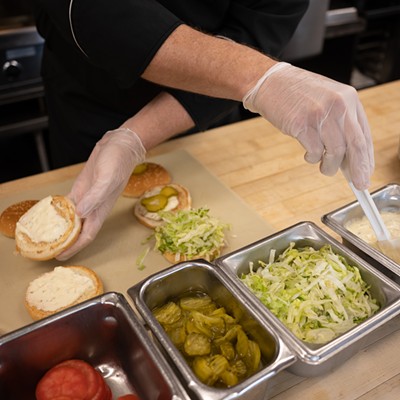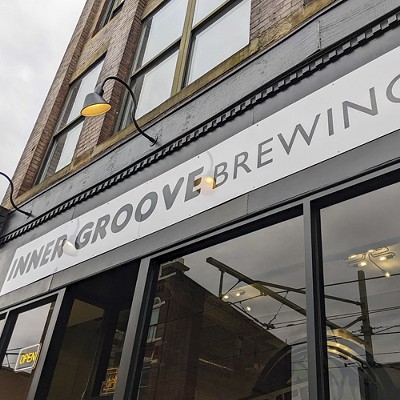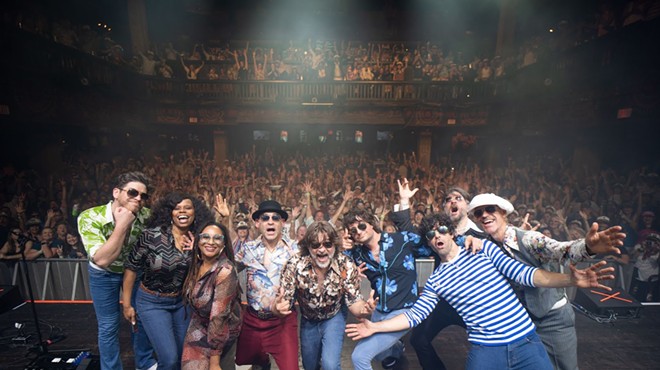
Distillers Dave Harmon and Joe DeGroot believe in a holy trinity: wormwood, fennel, and anise.
Those three ingredients form the foundation of absinthe, a misunderstood liquor with a bad reputation. Historically, it was known as a hallucinogen, considered liable for murders in the early 1900s (think: Reefer Madness), and even has a syndrome named after it. But — apologies to believers in The Green Fairy — absinthe’s criminal background isn’t everything it’s cracked up to be.
Harmon and DeGroot, co-founders of Lawrenceville Distilling Co., celebrated the release of 1129 Ridge Ave. absinthe in early January. They underline that when correctly prepared, absinthe doesn't make you trip. Old-school absinthe visions can be attributed to alcohol poisoning. Truthfully, when diluted properly, it’s only a bit more alcoholic than a glass of wine.
1129 Ridge Ave. starts with a house-made brandy. DeGroot, head distiller, sticks faithfully to a traditional absinthe recipe from 1855. Once he refines the brandy, DeGroot macerates it with the aforementioned holy trinity of ingredients. After a second distilling, the substance (herbs and all) is shocked with hot water. Scalding releases chlorophyll, resulting in the signature absinthe green.
Harmon and DeGroot use an ornate fountain to sample batches. Three spouts drip water from a clear tank onto glasses dressed with sugar cubes and grills, each filled with a touch of absinthe. This method — the proper technique — allows for the spirit’s floral tones to open up, smoothing the harshness of the alcohol.
Absinthe is refreshing. It’s good for warmer weather or to revive on a hungover Sunday morning. DeGroot and Harmon have three batches from the first bottling, each presenting a unique bouquet. The aroma blooms with each drip, separating batches with subtle tones. Sips drift faintly towards different flavors, some leaning into the anise while others finish like chamomile.
Though the fountain adds a classic French embellishment, it’s not necessary for everyday use. Measure out absinthe and sugar and throw it in a shaker. The drink is the same, just with a little less decoration. Absinthe is a surprisingly versatile liquor, and Harmon and DeGroot are quick to muse over their favorite absinthe-adorned cocktails. The resounding choice is a corpse reviver no. 2, the simple touch of absinthe adding a sharp bite to an otherwise refreshingly citrus cocktail.
Absinthe, though legal in the U.S. since 2007, still carries a social taboo. Lawrenceville Distilling Co. is hoping to rebuild its reputation. Absinthe might have a hard-hitting past, but there’s a bright future for the green fairy.
Corpse Reviver No. 2
3/4 oz. gin
3/4oz. Cocchi American or Lillet Blanc
3/4 oz. Cointreau
3/4 oz. lemon juice
1 Amarena cherry
Rinse a stemmed glass with absinthe and drop the cherry in. Combine all ingredients in an ice-filled shaker. Strain and enjoy!


